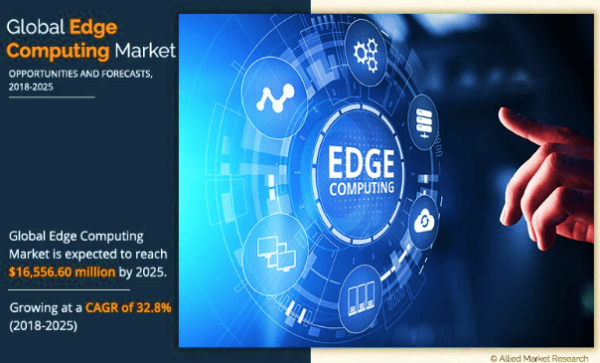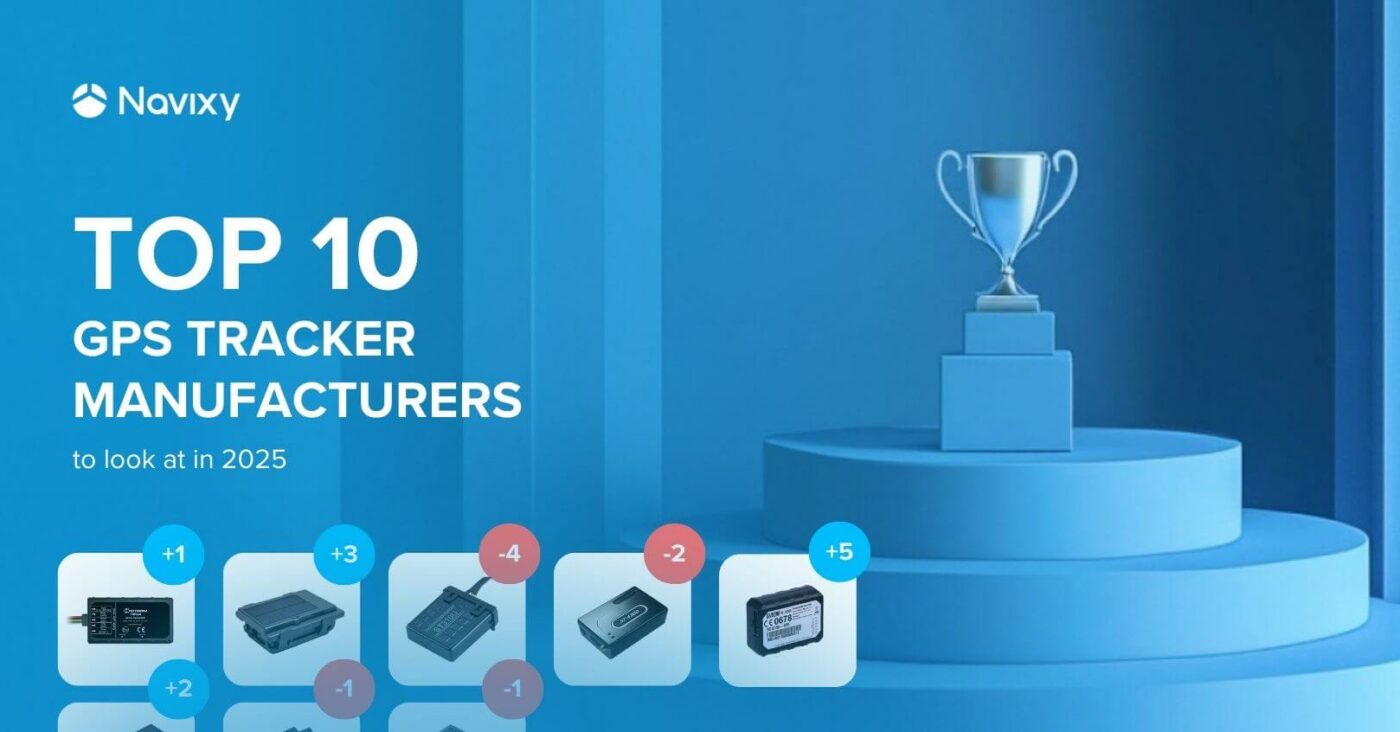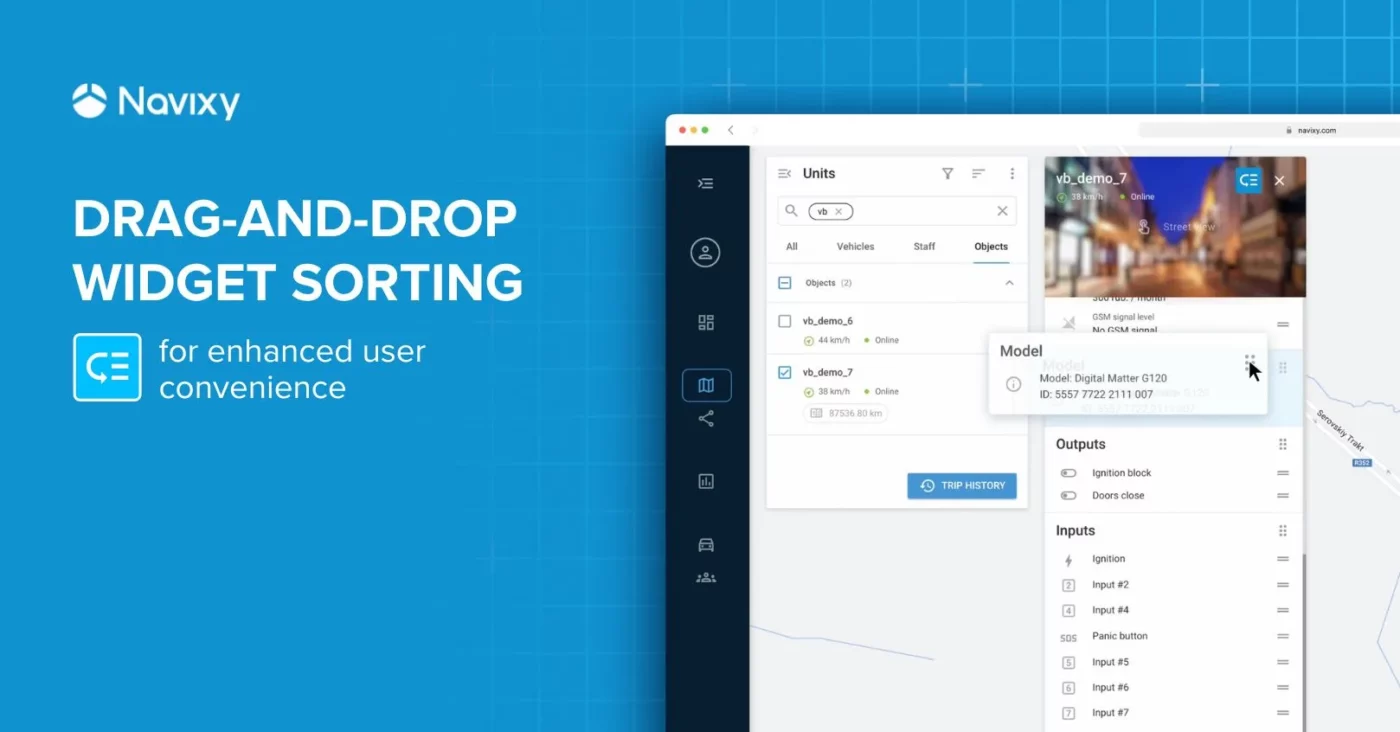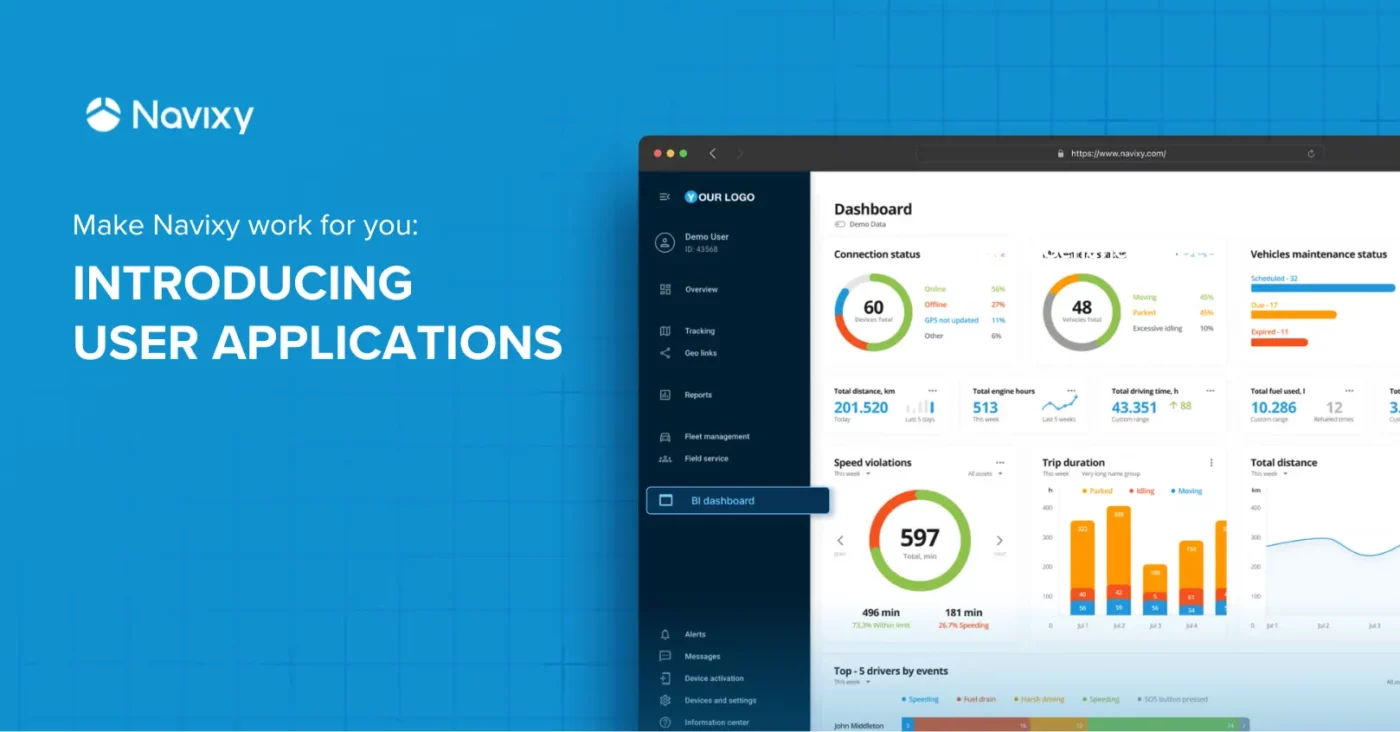Edge computing: Market
In IT, Edge determines a computing model that enables data processing in a place or relatively close to the data source. It allows to send less time sensitive data to the cloud for long-term storage, big data analytics, historical analysis and other needs. Progress in edge computing is driven by advances in mobile computing, rapid developments in the internet of things (IoT) and decreasing cost of computer components. Markets and Markets claiming the edge computing market size growth from $2.8 billion in 2019 to $9.0 billion by 2024, at a Compound Annual Growth Rate (CAGR) of 26.5%. According to Grand View Research, the global edge computing market size is expected to reach $28.84 billion by 2025 registering a CAGR of 54.0%.

Edge Computing Market Outlook by Allied Markets Research estimate the edge computing market size to reach $ 16,556.6 million by 2025, growing at a CAGR of 32.8% from 2018 to 2025.
The statistics outlined above demonstrates significant and continuously increasing attention to edge computing technology. We further describe some of the edge computing principles and its beneficial features for fleet management.
Edge, Fog, Cloud…Rain?
Well, not Rain… so far, at least. Both Edge and Fog computing are technologies aimed at resolving a Cloud computing-associated challenges, such as limited bandwidth, latency time (how much time a packet of data travels from one point to another) issues, and delays in processing.

To address these challenges, companies install smaller data processing centers closer to the data sources. The intermediate processing level between cloud level (data centers) and edge level (device-level functionality) is known now as Fog Computing (performed on servers located outside the cloud). In a simplified form, the information flow in this three-level system could be described as follows: a device containing some sensors programmed in such a way that it takes readings every particular time frame.

Edge computing is where the device combines the readings from various sensors to a single data point that gets sent every particular time into the Fog. In its turn, Fog allows those data points to be gathered closer to the data source and compiled into a daily report that is sent to the data center. In other words, fog computing helps to extend cloud computing by transmitting computations onto the network edge.
Edge computing: architecture
Edge computing is one of the main currently available technologies that could help to reveal the full IoT potential by moving some of the processing functions closer to the end user.
Let’s consider the Edge computing reference architecture, represented on the figure below. It has been proposed by Edge Computing Consortium (ECC), and based on Model-Driven Engineering (MDE) principles. It provides model-based open interfaces at each layer, enabling full layer openness. Vertically, the architecture employs lifecycle data services, security services and management services to provide entire service process and full lifecycle with smart processes. Horizontally, it contains the following four characteristics: Smart service, Service Fabric (SF), Connectivity and Computing Fabric (CCF) and Intelligent Edge Computing Nodes (ECNs). Smart services rooted on the model driven unified service network. Development service framework and deployment and operation service frameworks allow to achieve Intelligent coordination between service development and deployment. These frameworks enabling consistent software development interfaces as well as automatic deployment and operations.

Both Service Fabric and Smart service, defining an E2E service flow through it, are both serving to realize service agility. The CCF target is to enable simplified architecture and simplify the distributed edge intelligence architecture for services. It also supports coordination between edge computing resource services and service needs of industries. ECNs deliver integrated hardware and software security, support real-time processing and response, and are compatible with a wide range of heterogeneous connections. The concept of edge computing covers the compute, network and storage infrastructure (edge site) and also the applications/workloads that actually run on it.
Edge for Fleets
Edge computing provides various opportunities for fleet owners. To provide some examples, Edge Computing could benefit to Fleet Management by: predicting breakdowns (truck could inform a driver immediately if any part is going to fail, not predicted based on average fleet data but on individualized data from truck, driving conditions and driver behavior), edge computing could be used to detect driver fatigue or distracted driving by analyzing patterns in collected video, such as drifting across lanes. It also could help in collisions prevention in real time by alerting the drivers in case they are following too close to a vehicle. However, Edge computing is not here to replace traditional data processing methods – instead, it provides more individualized and insightful information to fleet managers and drivers on the road.

Fleet management solutions providing edge opportunities are already available on the market. For example, Dell Edge Gateway 3002 (Edge gateways are devices that collect data from the range of sensors/actuators, convert legacy operational technology data flows to standards-based IP data streams, and issue control commands back downstream under the direction of edge servers), offering a variety of connectivity options: from CAN bus to Zigbee for mesh, Bluetooth, WiFi, 3G/4G LTE. It is ruggedized from the box, and equipped with various sensors, including: build-in GPS, accelerometer, and atmospheric pressure sensor.
It is quite obvious that edge computing could save fleet costs by assisting in avoiding roadside breakdowns and potential collisions. But fleet owners utilizing edge computing also have the potential to save money on ongoing data transmission and storage costs. In addition, fleet owners can reduce the dead zones influence since not all the data will be required to send all the way back to centralized cloud data centers for processing.
To give an example of how Edge computing could help fleet owners to save the money, let's follow a case shown in [13]. There, the authors utilize AWS Lambda, AWS Greengrass and the DragonBoard 410c as a hardware-software combination for building a support for Greengrass into the Qualcomm® Snapdragon™ 410E, a system-on-chip (SoC) designed for IoT applications. To provide an example of costs estimates, the author demonstrate how Edge computing with Greengrass, Lambda and Snapdragon keeps most of the processing and data off the network. The results of the estimations are shown on the image below.
Let’s consider an application that counts and reports the number of occupied/ unoccupied seats on a shuttle bus in real time by analyzing a stream of video and comparing it to a seating chart.

The cost of sending the stream to the cloud, processing it there and sending the results back to the network edge could approach $1,000 per day for a 20-bus fleet. But when the application runs on a device with a Snapdragon processor in the shuttle bus, it can process on the device (at the network edge) and send only the results to the cloud, helping to lower cellular data costs to approximately $1 per day. This example is a very nice representation of how edge computing could benefit to various fleet tasks.
Edge computing is a useful technology that could help to reveal the full IoT potential by moving some of the processing functions closer to the end user. Edge technology will be modernizing alongside with emerging cloud computing due to reduction of associated hardware costs and technology development. When it comes to fleet management, edge computing could save fleet costs by assisting in avoiding roadside breakdowns and potential collisions and also have the potential to save fleet-associated costs on ongoing data transmission and storage.
References
- www.grandviewresearch.com
- www.marketsandmarkets.com
- www.alliedmarketresearch.com
- www.power-solutions.com
- https://searchdatacenter.techtarget.com/definition/edge-computing
- https://erpinnews.com/fog-computing-vs-edge-computing
- http://en.ecconsortium.net
- http://blog.relayr.io
- Moving to the Edge-Cloud-of-Things: Recent Advances and Future Research Directions, Bangui, H. et al., Electronics, 2018.
- Cloud, fog and edge: Cooperation for the future? Bierzynski, K. et al, Second International Conference on Fog and Mobile Edge Computing (FMEC), 2017.
- https://www.bloorresearch.com
- https://transportation.trimble.com
- www.developer.qualcomm.com/blog/aws-lambda-greengrass-dragonboard-410c-edge-computing-iot
- https://www.5gaa.org
- https://erpinnews.com/fog-computing-vs-edge-computing
- https://www.openstack.org
- https://innovationatwork.ieee.org/real-life-edge-computing-use-cases
- http://dell.iotdesign.embedded-computing.com/white-papers


